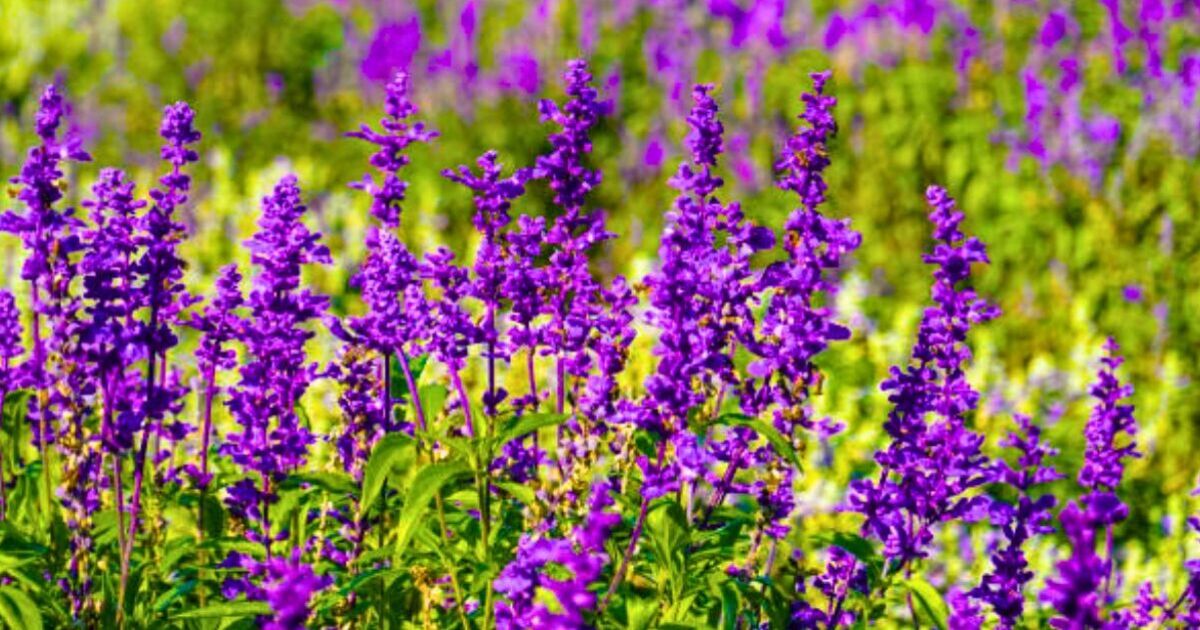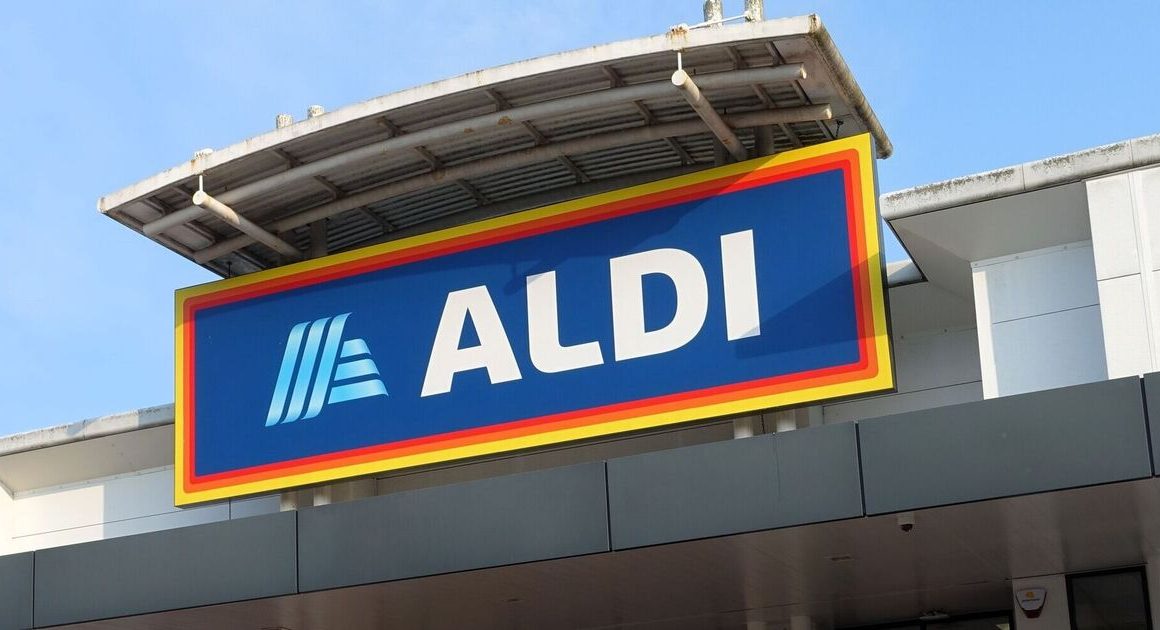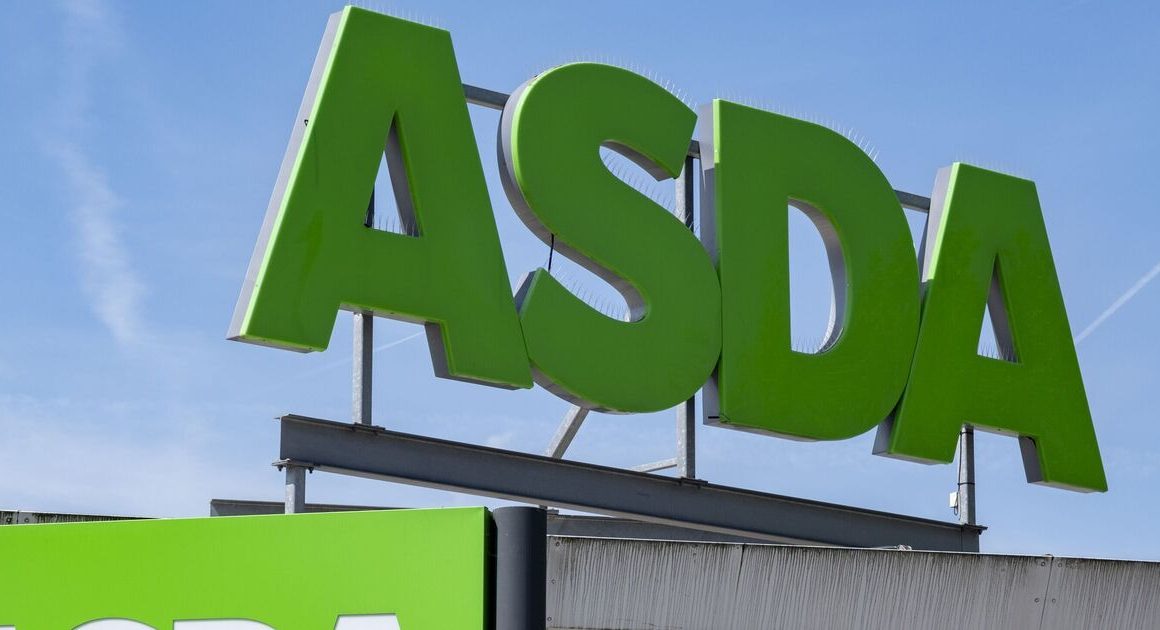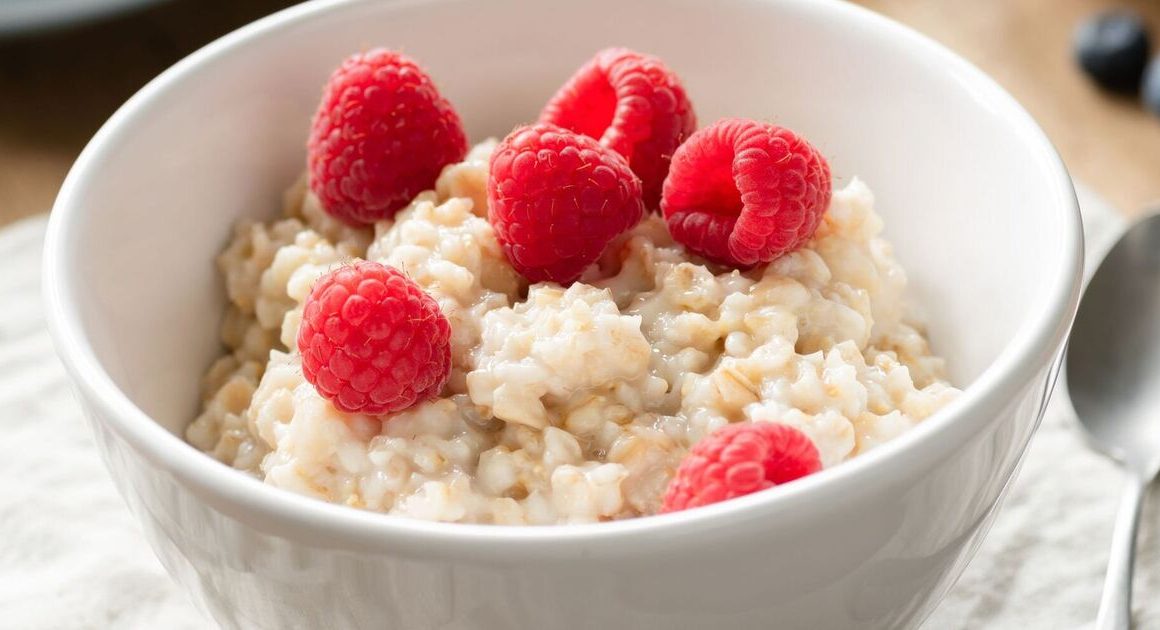Lavender is a beautiful herb known for its vibrant purple flowers and silvery-green foliage, but keeping it look its best can be tricky if you do not have the right fertiliser for it.
This pretty plant should be at its most vibrant in August during its peak bloom, but if lavender is appearing weak or not flowering as much as it should be, then it is recommended to fertilise it lightly.
You do not have to spend lots of money or time on lavender fertiliser as you can help it grow with only a handful of items from your kitchen.
Stephanie LeBlanc, a gardener and founder of Celebrated Herb, has shared you can keep lavender plants “blooming and smelling amazing all year round” with a homemade feed.
She said: “Lavender plants do not require a lot of nutrients, you can still use some kitchen scraps (organic matter) to provide them with additional nourishment.”
What to feed a lavender plant to keep it flowering for longer
Banana peels
Banana peels are one of the best kitchen scraps to feed most flowers as they contain potassium, which supports flowering, as well as other nutrients such as magnesium which helps improve disease resistance.
Stephanie said: “Banana peels are rich in potassium, which can promote strong root growth and flowering. Chop up banana peels and bury them in the soil around the base of your lavender plants.”
Cutting banana peels into small pieces and burying the peel slices near the lavender plant will allow it to decompose slowly to release nutrients into the soil over time.
You only typically need one banana peel per lavender plant in your garden and do not leave banana peels on the surface of the soil as it could attract pests.
Vegetable scraps
Feeding lavender any chopped-up vegetable trimmings you have leftover from cooking helps improve the soil structure and increase water reiteration, which is especially important in late summer during warm temperatures.
Stephanie said: “Vegetable scraps, such as carrot tops and lettuce leaves, can be used to make a homemade compost that can provide your lavender plants with additional nutrients.
“Simply layer the scraps with dry leaves and grass clippings in a compost bin and wait for it to decompose into rich compost.”
Eggshells
Crushed eggshells are a source of calcium in plants, which helps plants prevent diseases and also helps strengthen the plant so it grows bigger and more abundant flowers.
Lavender also prefers alkaline soil, and eggshells can help raise the pH of soil over time to make the conditions more favourable for this fragrant herb.
Stephanie said: “Crushed eggshells are a good source of calcium, which can help prevent blossom end rot in plants. Sprinkle crushed eggshells around the base of your lavender plants.”
It should be noted that you need to properly wash out the egg yolk from eggshells before using them in your garden as otherwise it can attract pests.
Wash the eggshells, leave them out to dry and then crush them up to scatter around your lavender to help slowly release calcium into the soil over time.
How often should you fertilise lavender plants?
The best time to fertilise lavender is every four to six weeks during its growing season from late spring (late March) to early autumn (October).
Lavender is generally low-maintenance and can even thrive in poor soil, so make sure not to feed it more than once a month as otherwise it can lead to overfertilisation.
Stephanie said: “It’s important to note that lavender plants do not require heavy fertilisation, so use this homemade fertiliser sparingly, once every few months. Over-fertilizing can actually harm plants.”
Overfed lavender can release too much nitrogen in the soil, which will cause the plant to not produce flowers, lead to leggy weak growth and then shorten its lifespan.












